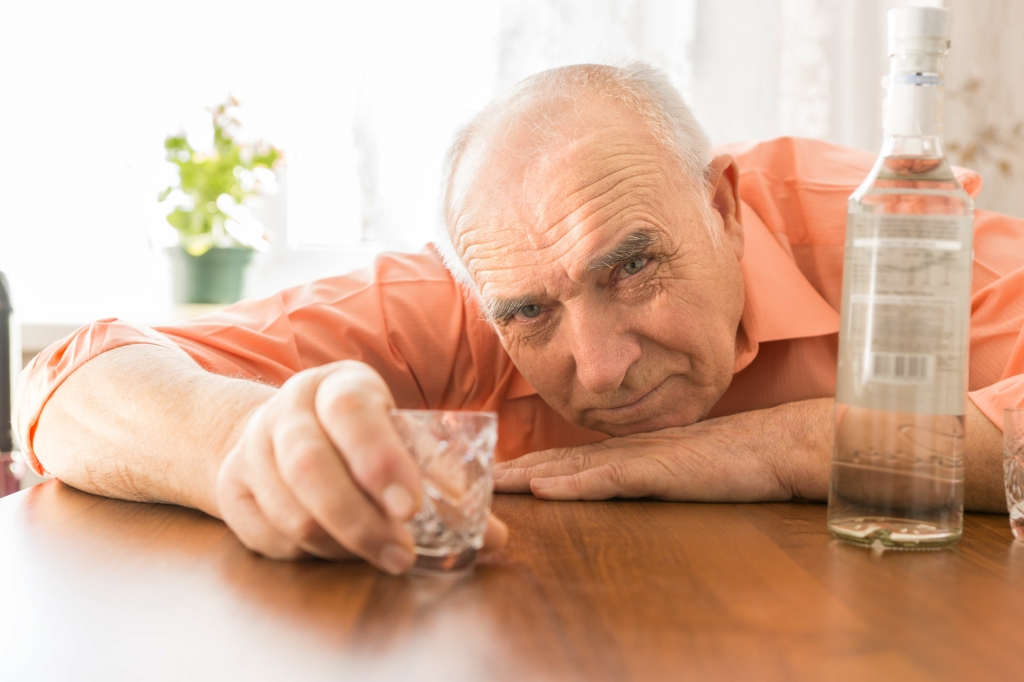Drinkers Nose: Is Alcoholic Nose Really From Drinking?
Alcohol abuse can cause red flushness in the face similar to the symptoms of rhinophyma, leading to confusion between the two. Rosacea is caused by blood vessels swelling under http://20th.su/2009/09/01/nashe-sladkoe-detstvo/ the skin, causing red skin sores. These sores often look splotchy, have spider-like veins, or appear acne-like.

Redness or Flushing

There are many effective treatments for alcohol addiction, and Zinnia Health can give http://www.all-news.net/notes/1146499 you the support you need to overcome your addiction and start living a healthier life. We offer various treatment options, including inpatient and outpatient programs, and our staff is dedicated to helping each patient achieve lasting sobriety. While it’s true that chronic alcohol abuse can lead to many health problems, there is no definitive evidence that drinking alcohol causes the so-called alcoholic nose.
Our Alcohol Addiction Treatment Centers
Alcohol also affects your sleep, resulting in dark circles, puffy eyes, and worsened hangover symptoms. Treatment for rhinophyma can vary depending on the severity of the condition. In mild cases, topical treatments may be sufficient to improve the appearance of the nose. However, more severe cases may require surgery to remove excess tissue. While alcohol nose does not directly imply addiction, it can be a visible manifestation of long-term alcohol abuse for some people. If you or someone you know struggles with alcohol addiction, The Hope House can help.
What is Rhinophyma?
Alcohol use disorder and skin conditions like rosacea are connected because of the potential for alcohol to worsen existing skin conditions. Even a single alcoholic drink can cause flare-ups for many people with this condition. A survey by the National Rosacea Society found that red wine was the most common culprit, followed by white wine and beer.
- Alcoholic nose is a slang term used to describe the red, swollen nose that is thought by some to accompany chronic alcohol use.
- Because rhinophyma often develops following a severe case of rosacea, it’s important to watch out for symptoms of this unique skin condition.
- Excessive drinking can damage and disease the liver, heart, and other parts of the body and contribute to diseases such as diabetes and various types of cancer.
- It is thought that the higher level of male hormones, such as testosterone, may contribute to the overgrowth of tissue.
- A more serious side effect of heavy drinking is a yellowish tint in the whites of your eyes.
Therefore, those with rosacea should avoid alcohol since this particular side effect may be exacerbated by alcohol abuse. We specialize in dual diagnosis treatment, meaning we are the best equipped to help individuals who have both substance use disorder and another mental illness. At most, excessive drinking can increase https://how-to-success.net/what-is-the-most-useful-method-for-learning-graphic-design-theory/ someone’s risk of developing rosacea. However, it is not more or less impactful than any other risk factors, such as gender, age, skin tone, and family history. Likewise, not everyone with an alcohol addiction develops rosacea, either. Before discussing potential treatment options for alcoholic nose, it is important to understand whether or not alcohol itself is truly to blame.
More on Skin Problems and Treatments
- It is benign initially, but it may block airways and increase the risk of skin cancer.
- Alcohol is not the cause of alcoholic nose, but it does have an effect on those with rhinophyma.
- Before discussing potential treatment options for alcoholic nose, it is important to understand whether or not alcohol itself is truly to blame.
Before beginning treatment, a physician may take a biopsy to ensure the disfigurement is not due to cancerous growth instead of simple inflammation from rosacea. Though rosacea is more common in women, end-stage rosacea with rhinophyma is more common in men. It is thought that the higher level of male hormones, such as testosterone, may contribute to the overgrowth of tissue.

